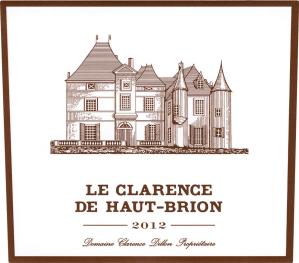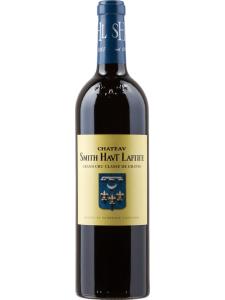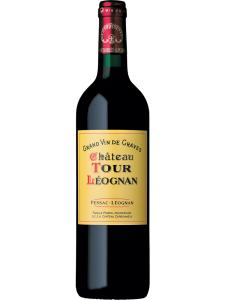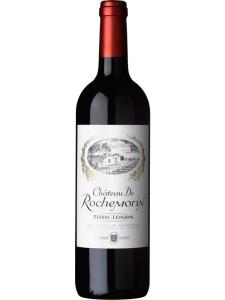Pessac-Leognan is a prestigious appellation for wines produced in a particular area of the Bordeaux region of south-western France. A relatively new appellation, it was carved out of the Graves sub-region in 1987 – recognized in its own right on the merits of its high-quality red and white wines. This was a significant change, as many of the chateaux in what is now Pessac-Leognan were the best performers in the Graves Classification of 1959.
The terroir of Pessac-Leognan betrays its historical origins as part of the Graves sub-region, with the dominant soil type being the gravel (and sand) which gave Graves its name. The northern vineyards of the appellation are intermingled with the southern fringes of Bordeaux city, while those in the south are surrounded by the forests which produce the other main export of Graves: timber. While orchards and fields dominate the landscape of the Entre-Deux-Mers region just across the Garonne river, pine forests and residential settlements are predominant in Pessac-Leognan.
The four key producers in Pessac-Leognan are Chateaux Haut-Brion, La Mission Haut-Brion, Laville Haut-Brion and Pape Clement (named after Pope Clement V, who ordered its original vineyards to be planted in the 14th century). Each of these is located within the southern city limits of Bordeaux. The soils here are deep, with a high proportion of gravel, and are considered the best of the appellation. Their superior drainage helps to maintain the high quality of the vineyards' Cabernet Sauvignon and Cabernet Franc grapes.
The village of Pessac lies just to the south of these chateaux, while Leognan is six miles (10km) further on. It is located close to several quality producers, including some of the Bordeaux elite: the Domaine de Chevalier, and Chateaux Haut-Bailly, Malartic-Lagraviere, Larrivet Haut-Brion and de Fieuzal. Leognan is surrounded almost entirely by pine forests and vineyards, and benefits from the same superior drainage as Pessac.
Pessac-Leognan’s white wines are made predominantly from Sauvignon Blanc (a required minimum of 25%) and Semillon grapes, and are often matured in oak for greater complexity. These white varieties thrive on the sandier soils of the appellation and produce more age-worthy wines than any other part of the world. Elsewhere, blends of Sauvignon Blanc and Semillon are best consumed within two years of harvest; in contrast, the best white wines of Pessac-Leognan can develop in bottle for well over a decade.





